Fix: Xbox One Controller Disconnecting
The anniversary update for Windows 10 brought tons of improvement for the OS including a lot of bug fixes and improvements. Every gamer rushed to update it because there was this “hype” created that it brought about major changes to the OS. However, like all new software, this wasn’t without its problems. There were many controllers that were rendered as unusable after the update.
Since Xbox One is Microsoft’s own flagship controller, it did work but had many problems too. One of the problems which the users experienced the most was that the controller would disconnect randomly after playing for long periods of time. After you turn it on, it will function properly for a short time before disconnecting again. This caused a lot of frustration among the gamers as Xbox One controller is one of the most used controllers in the gaming industry. It behaving randomly and causing problems means that you cannot use it without any interruptions as you did before.
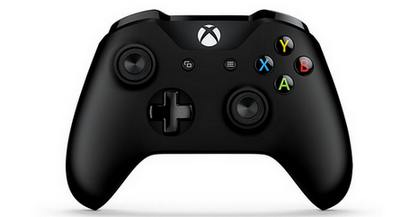
We have listed down some of the fixes that you can try and implement on your PC. Before you go over this guide, refer to this one, and try the methods listed. If they don’t work for you, you can always navigate back and try the solutions listed here.
Solution 1: Disable NVIDIA wireless controller service
NVIDIA wireless controller service is installed by default whenever you install NVIDIA drivers to help you with your controller. You can configure settings and also implement buttons for ease of access.
It turns out that the NVIDIA wireless controller service conflicts with Xbox One controller. Tons of users reported that disabling the service instantly fixed their problem of the controller disconnecting again and again.
Using Services.msc
- Launch the Run application (press Windows + R button). In the dialogue box type “services.msc”. This will launch the services which run on your PC.
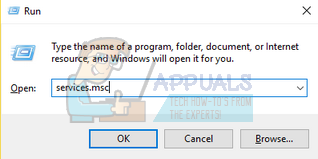
- When in the services tab, browse through the services until you find NVIDIA wireless controller service. Once you find the service, right-click and select Properties from the list of options available.
- Once the properties open, stop the service by clicking the button Stop. Then click on the Startup Type to bring about the drop-down menu. From the drop-down menu, click on Disabled. Save changes and exit.
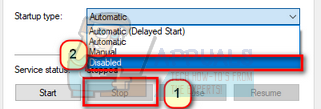
Using Task Manager
- Launch the Run application (press Windows + R button). In the dialogue box type “taskmgr”. This will launch your computer’s task manager.
- Navigate to the services tab present at the top and browse through the services until you find NVIDIA wireless controller service. Right click on the service and select Stop.
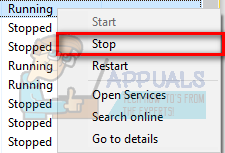
- This will instantly stop the NVIDIA service. You can also click the option of Open services and set the startup options as mentioned in the guide above.
Using AutoRun
Autorun is a third party application, which you can use to see which processes and services launch whenever you start your PC. These services also include hidden ones such as Internet Explorer, File Explorer, etc. We can try disabling the NVIDIA wireless controller service using this software. When you disable an application from the AutoRun interface, it changes the registry and sets the application’s value as 0, thus preventing it from running.
- Download the AutoRun application from here. After installing it and running it as an administrator, you will see a window where all the system/normal applications will be listed which run upon startup.
- In the dialogue box present at the top right side of the screen, type NVIDIA. All the NVIDIA processes and services will come in front of you in a highlighted form.
- From all the list of NVIDIA services, search for NVIDIA Wireless Controller Service, right-click, and select Disable. Now the registry would be edited for this specific service and it won’t launch until you launch it manually.
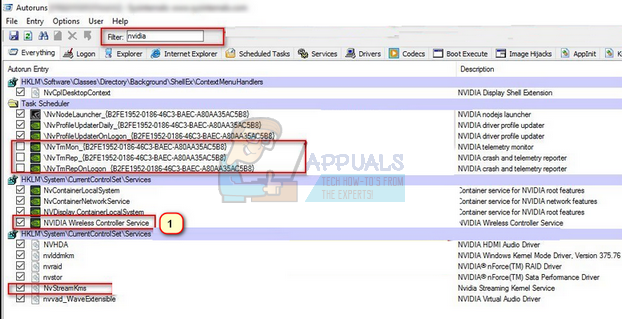
Now restart your computer, plug in your controller, and check if the problem still persists.
Solution 2: Uninstall NVIDIA Geforce Experience
Many Graphics hardware manufacturers traditionally offer a control panel where you can easily change the settings of your Graphics driver. There are basically two graphic control panels offered by NVIDIA. One is the classic NVIDIA Control Panel. You can access this by right-clicking on your Desktop and selecting the NVIDIA control panel. It has all the controls needed to tweak your gaming experience such as changing your refresh rate and removing shadows etc.
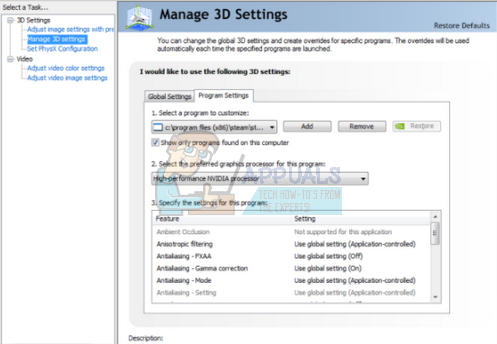
But the experience can get overwhelming if you are not a geek and don’t understand the technical terms involved. That’s where NVIDIA introduced the NVIDIA Geforce Experience. It is also a control panel but it is more user-friendly with some additional features as well such as ShadowPlay or Game streaming etc.
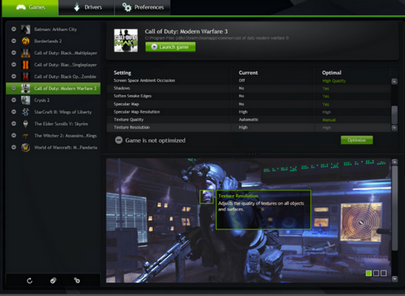
As we all know, these kinds of software have a lot of system settings at their disposal to ensure that your PC runs in the most optimized way possible. NVIDIA Geforce Experience is also known to cause problems and conflicts with your XBOX controller. You can try disabling it or uninstalling it to check if your problem gets resolved. If it does, you can switch to the classic control panel for NVIDIA to change your graphic settings or optimize your gaming experience.
If after uninstalling you confirm that this isn’t the problem, you can reinstall it very easily. The download link is readily available in the NVIDIA official website.
- Open the Run application (press Windows + R key). In the dialogue box type “control panel”. Hit enter and your computer’s control panel will pop up.
- In the control panel, click on “Uninstall a Program” from the list of options available.
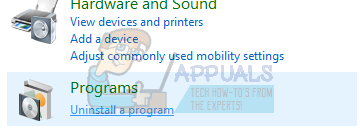
- Now all the programs installed in your computer will be in front of you. Browse through them until you find NVIDIA Geforce Experience. Right click on it and select uninstall.
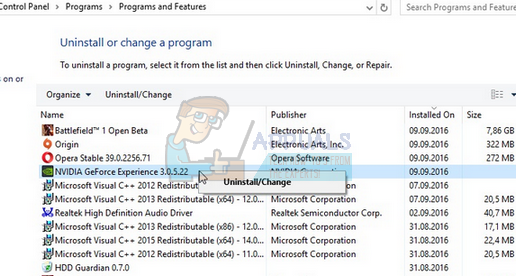
- Now NVIDIA will guide you through the process of uninstalling. Once the application is uninstalled, restart your computer, plug in your controller, and check if the connection error got resolved or not.
Solution 3: Quitting Steam
Steam is one of the largest digital distributors of video games in the world. Their revolutionary idea led to the huge development of online video gaming. The trend started with PC games and eventually crept towards other platforms such as PlayStation and Xbox. Steam is a giant in harboring thousands of games and providing a platform for the developers to release them.
However, despite frequent updates rolled out by the client, there are many known conflicts. One of them being with the Xbox One controller. As we all know, Steam has access to all the major system hardware and services. It configures them to optimize the gaming experience it promises to its users. There is no known cause why this is so, but disabling Steam and reconnecting the controller seems to do the trick.
- Disconnect your Xbox One controller from your computer. Make sure that it isn’t connected.
- Open the Run application (press Windows + R button. Now in the dialogue box type “taskmgr” to launch your computer task manager.
- Once it is launched, navigate to the Processes tab and search for Steam Client Bootstrapper. End the process before ending all the Steam processes one by one.

- After you have ended all the processes, connect your Xbox One controller to your PC again and check if the problem still persists.
If the problem still persists, you can try disabling Steam and NVIDIA Geforce experience (if you haven’t uninstalled it yet). You can end the NVIDIA Geforce experience process in a similar way that we did to Steam. Just open the task manager and after locating the process, end it.
Check if the controller stopped disconnecting randomly, if it still didn’t, move on to the other solutions listed below.
Solution 4: Disabling Power Saving for the Controller
There are enhancements made to the Windows OS to ensure that you get the optimum amount of power-saving. Allow the computer to turn off this device to save power feature turns off/disconnects any device which is not in use for a specific period of time. While this can be a very useful feature, it is a pain when it comes to the Xbox One controller. Once the computer disables it, Xbox goes into a bugged mode where after you even connect it, it will disconnect automatically after some time. We can try disabling this option and checking if this solves the problem.
- Launch the Run application (press Windows + R button). Type in “devmgmt.msc”. This will launch your computer’s device manager and all the devices connected to your computer will be listed here. Ensure that you have connected your Xbox One controller prior to following this step so it shows up among the list of devices.
- Now locate your Xbox One controller (it will most probably be in Xbox adapter windows). Once you locate it, right-click on it and click on Properties.
- Once in the Properties, select the tab of Power Management. Here you will see two tick boxes. The first one will say “Allow the computer to turn off this device to save power”. Make sure that the option is unchecked.

- Restart your computer and see if the problem in question got resolved or not.
Solution 5: Checking your Xbox One Controller
There can be many cases where your Xbox One batteries are low and because of that, the controller keeps shutting itself down again and again. You can try checking the batteries if they working and replace them if they are weak. The controllers consume a lot of battery if they are in use frequently so don’t be alarmed if the new battery you just placed is about to drain way.
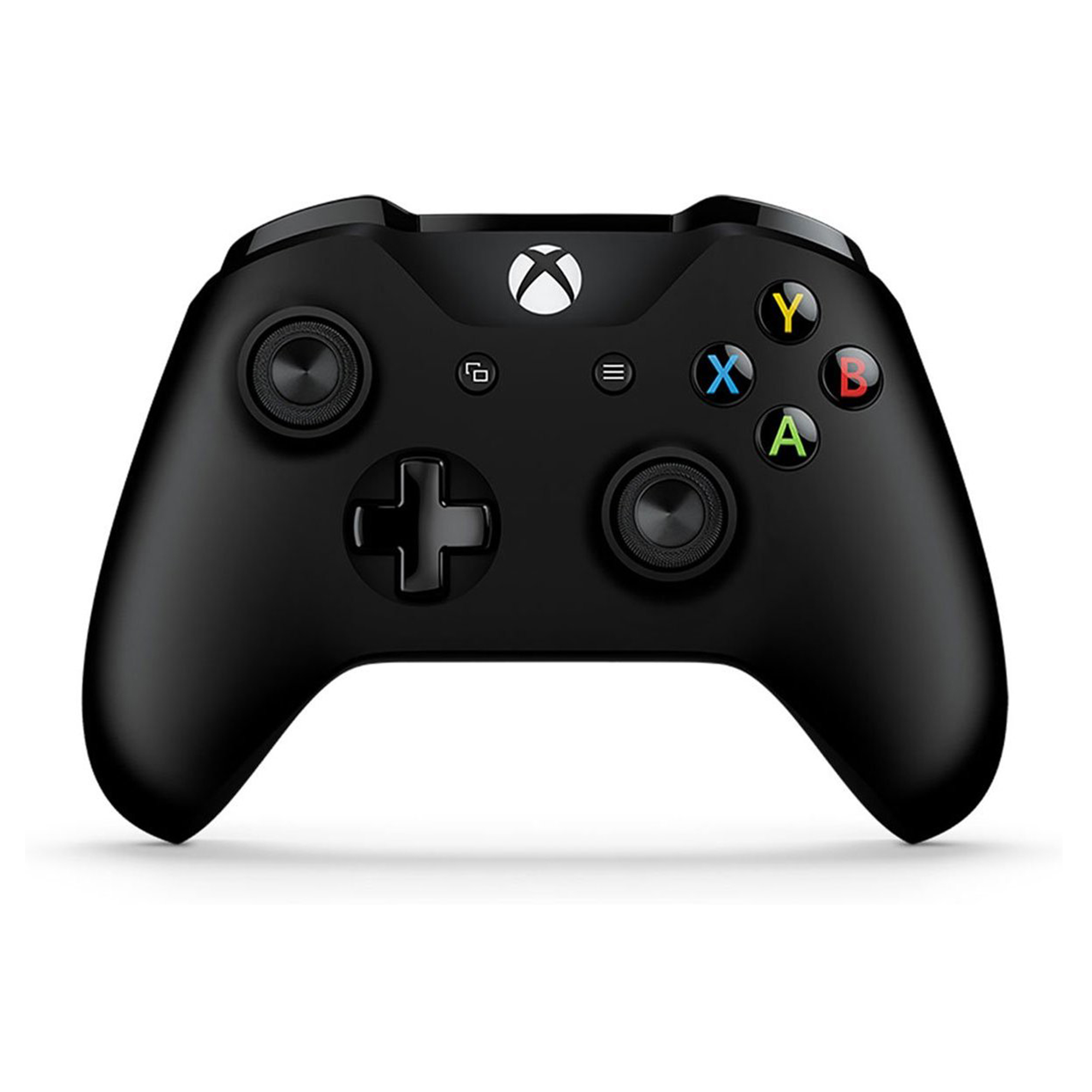
You can also connect your Xbox One controller through USB instead of connecting it wirelessly. The USB connection ensures that your Xbox won’t have any connection problems or interference. Nor will there be so much battery drainage as the wireless option won’t be in use.
Next, you should check if your Xbox One controller software is updated. You can download Xbox accessories from the Microsoft store and check if there are any updates available for your controller.
You can read the detailed guide on how to update your Xbox One controller from here. After updating the controller, implement the Solution # 4 and disable the power saving. Then restart your computer and connect your controller with your PC preferably through a USB. Check if the frequent disconnecting error got resolved.
Note: Do note that sometimes, it is also the case where the game you are playing also configures the settings of the controller. It may put it in the power saver mode or set a timeout to disconnect the controller if you don’t use it. Always check the game’s settings and see if there are any settings present which may be causing the problem.
Solution 6: Updating NVIDIA drivers
Like we mentioned earlier, there can be a conflict with NVIDIA and the Xbox One controller. A lot of people reported that NVIDIA caused the problem in their PC’s alongside Steam. The reason for this is that NVIDIA has access to most of the computer’s system files and configurations. It keeps changing and tweaking them to ensure that you get the best graphic experience available from your PC.
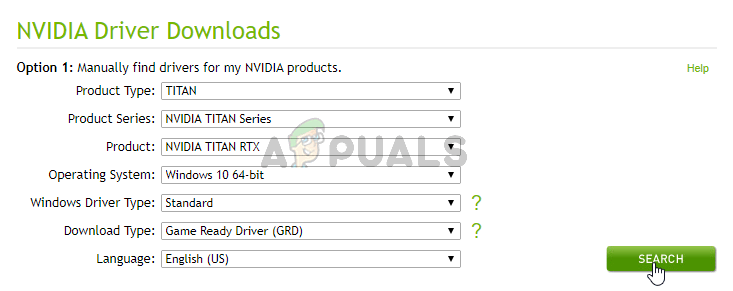
NVIDIA rolls out new drivers every once in a while which contains improvements and bug fixes. The issue between NVIDIA and the Xbox One controller can be resolved if the update contains the bug fix. So it is worth a try to update the drivers.
You can easily find how to update your NVIDIA drivers from our article here. It is advised that your resort to the option of Clean Install while installing the drivers. Once you have updated the drivers, restart your computer for the changes to take effect and check if the problem got fixed.
Solution 7: Re-enable the Game Controller in Device Manager
Another solution that users affected by these two issues have found quite effective is going into their computer’s Device Manager and then disabling and re-enabling the Game Controller. In order to use this solution, you need to:
- Turn your Xbox One controller off.
- Press the Windows Logo key + R to open a Run dialog, type devmgmt.msc into the Run dialog and press Enter to launch the Device Manager. Alternatively, the same result can also be achieved by simply right-clicking on the Start Menu button to open the WinX Menu and clicking on Device Manager.
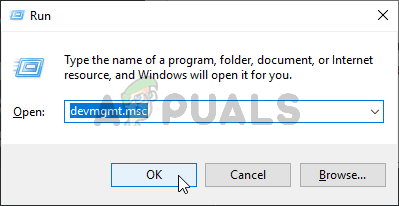
Opening the Device Manager - Double-click on the Human Interface Devices section to expand it.
- Locate the Game Controller under the Human Interface Devices section, right-click on it and click on Disable in the resulting context menu.
- Once the Game Controller has been successfully disabled, right-click on it one more time, and this time click on Enable in the resulting context menu.
- Wait for the Game Controller to be successfully enabled, and then close the Device Manager.
- Turn your Xbox One controller on and connect it to your computer to see whether or not the issue you were experiencing has been resolved.
Note: If the problem still doesn’t get fixed, try plugging in another working Xbox One controller on your PC and check if it works properly. If the new controller doesn’t have any problem and doesn’t disconnect like this one, it means there is some problem with your controller and not with your computer. You can also try changing the USB ports to see if there is any effect. Try changing between USB 2.0 and USB 3.0. Avoid plugging the controller in the USB hub which contains a lot of USB ports.
Solution 8: Moving away from Electrical Appliances
Another thing to try is moving the controllers away from any electrical appliances. These appliances are known to emit waves that disrupt the operation of the controllers. Whenever there is a disruption when the controller is operating, the controller disconnects from the console or the computer.
What you can do is observe next time whenever a call comes or you turn on your microwave. If you notice a pattern, either move the controller away or don’t use the appliance when you are using the controller.